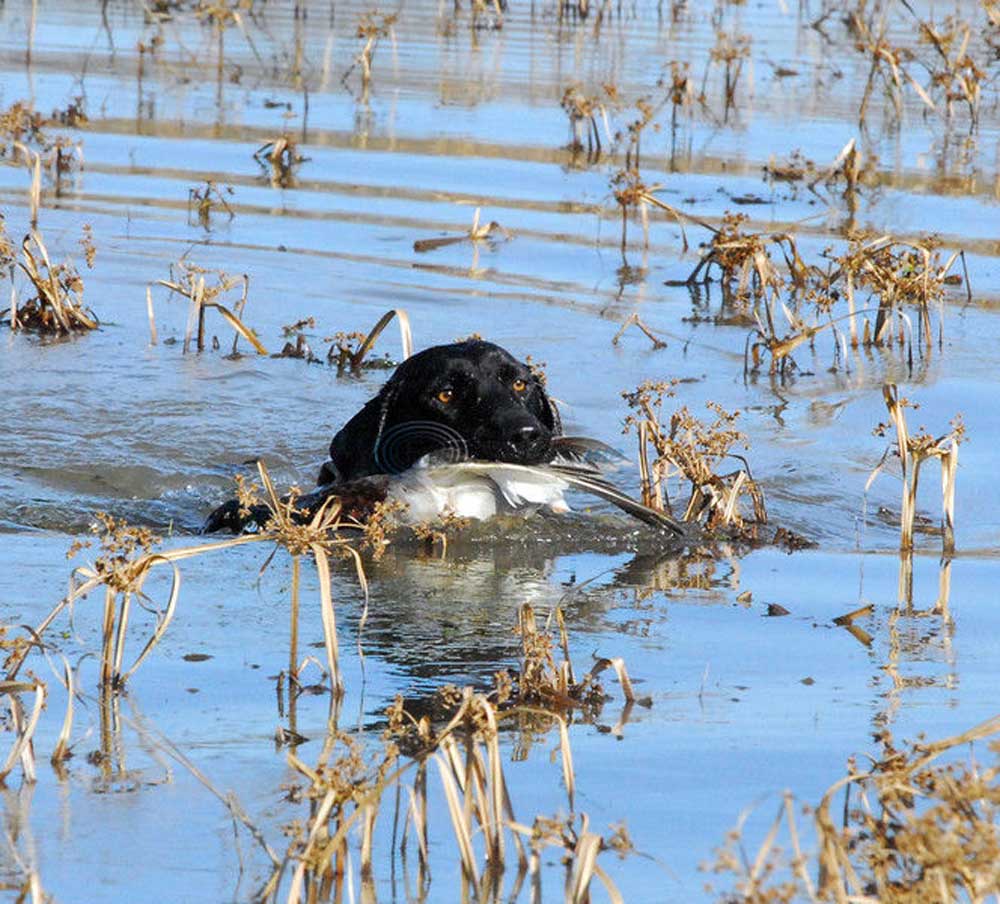As many as 10 million ducks migrate to Texas each year
Published 10:56 pm Wednesday, November 5, 2014
Although duck season is already up and running, serious hunters know the real hunting is still weeks away.
It is going to take cold, harsh weather, and lots of it, starting at the Canadian border and progressively moving south to cause a massive push of ducks into Texas. If there is one thing Texas hunters have learned in recent years it’s that if it doesn’t get cold in Kansas and Oklahoma, cold enough to freeze ponds, the ducks will linger in states to the north where they have plenty of food to survive.
If all goes right, however, by the time the season closes Jan. 25 an estimated 10 million or so ducks, about 90 percent of the flyway’s total, will cross into Texas. In recent years Texas’ winter duck population has been impacted by weather, dry conditions in the state and warm winters to the north.
“What we need is good spring rains here and cold winters with lots of snow. Other states have water the ducks can use, but we need the corn to be covered up. If they have lots of snow the birds will come,” said Kevin Kraai, Texas Parks and Wildlife Department’s waterfowl program leader.
Kraai said there is no doubt that winter mallard numbers in Texas have been trending downward because the ducks aren’t being forced farther south. Unlike some other species, mallards are only going to migrate as much as they need to find habitat and food.
“There is a concerning trend in our mid-winter counts that show declining numbers of mallards across the state. Some years the Panhandle will have the lion’s share of mallards, but we have seen declines in every region. Up here it has been easy. It has been drought. They are not going to sit on dry land and eat corn. The corn is always here. The water isn’t,” he said.
Even with better conditions in Texas in recent years the mallards didn’t come because of the lack of a hard winter to the north.
Of course mallards are just one of many species of ducks wintering in Texas, and when they do arrive they head for different quarters of the state depending on their food needs, water, cold tolerance and habitat.
While East Texas gets its fair share of the immigrants, it isn’t the state’s hottest spot for waterfowl hunting.
“The vast majority of the ducks are on the coast, followed by the Oak Prairie, the Rolling Plains and the Pineywoods,” Kraai said.
He added the numbers are ever-revolving based on local conditions. For example, the South Texas brush country is extremely wet this year and that is likely to pull ducks down from throughout the coast, especially the mid-coast.
Food supplies also make a difference on where certain species decide to light.
“The draw to the Panhandle is waste grain. That is the draw to mallards and pintails,” Kraai explained.
Without the local farming, vegetarian species like gadwall and widgeon are more likely to winter on East Texas waters where they feed on aquatic vegetation.
That doesn’t mean the region doesn’t get mallards that come for the acorns or because areas to the west are dry and they are forced to move this direction for habitat.
Then there are those situations no one can explain, like the periodic invasion of pintails in the Trinity River Basin. Last year was one of those years when the sprigs flocked into the area.
“Pintails in the Trinity basin have always baffled us. There is no rhyme or reason to it happening. Last year it was covered up with pintails, and there was nothing to explain it,” Kraai said.
He added, however, there has to be a cause. It just hasn’t been identified. He said one theory could be a lack of food along the coast in some years push the birds back north a couple of hundred miles.
“They have to go somewhere and the Trinity River is like the coast, it is a big, flat plain,” Kraai said.
There really has not been enough cold weather to the north to push big numbers of ducks south yet, but if and when they do arrive they should find generally good conditions in Northeast Texas. For the most part spring and summer conditions were just right to provide good habitat.
Hunters could face problems on a few area lakes, most noticeably Tawakoni and Cooper where water levels remain significantly down. Cooper dropped so much that in October it became impossible to launch big boats at ramps around the lake. This week’s rains could make a lot of difference throughout the region as the season goes along.
The North Zone’s first season remains open through Dec. 1. The second season is open Dec. 20 to Jan. 25.
Have a comment or opinion on this story? Contact outdoor writer Steve Knight by email at outdoor@tylerpa per.com. Follow Steve Knight on Facebook at TylerPaper Outdoors and on Twitter @tyleroutdoor.







